
cd_nom
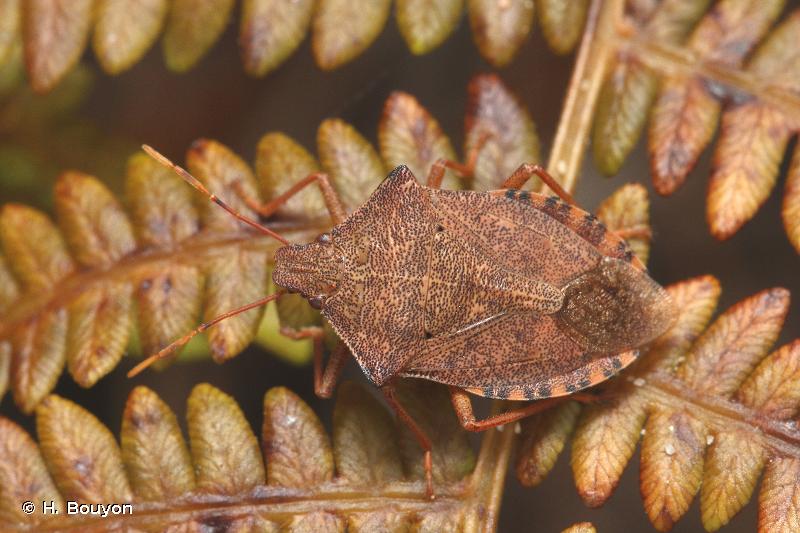
| Author : H. Bouyon |
 |
To get the picture, please visit:
Hervé BOUYON
email : herve.bouyon@wanadoo.fr
Any reuse of one or more photographs on this site is subject to an authorization request from the author.
Link to the Code of Intellectual Property (Legifrance)
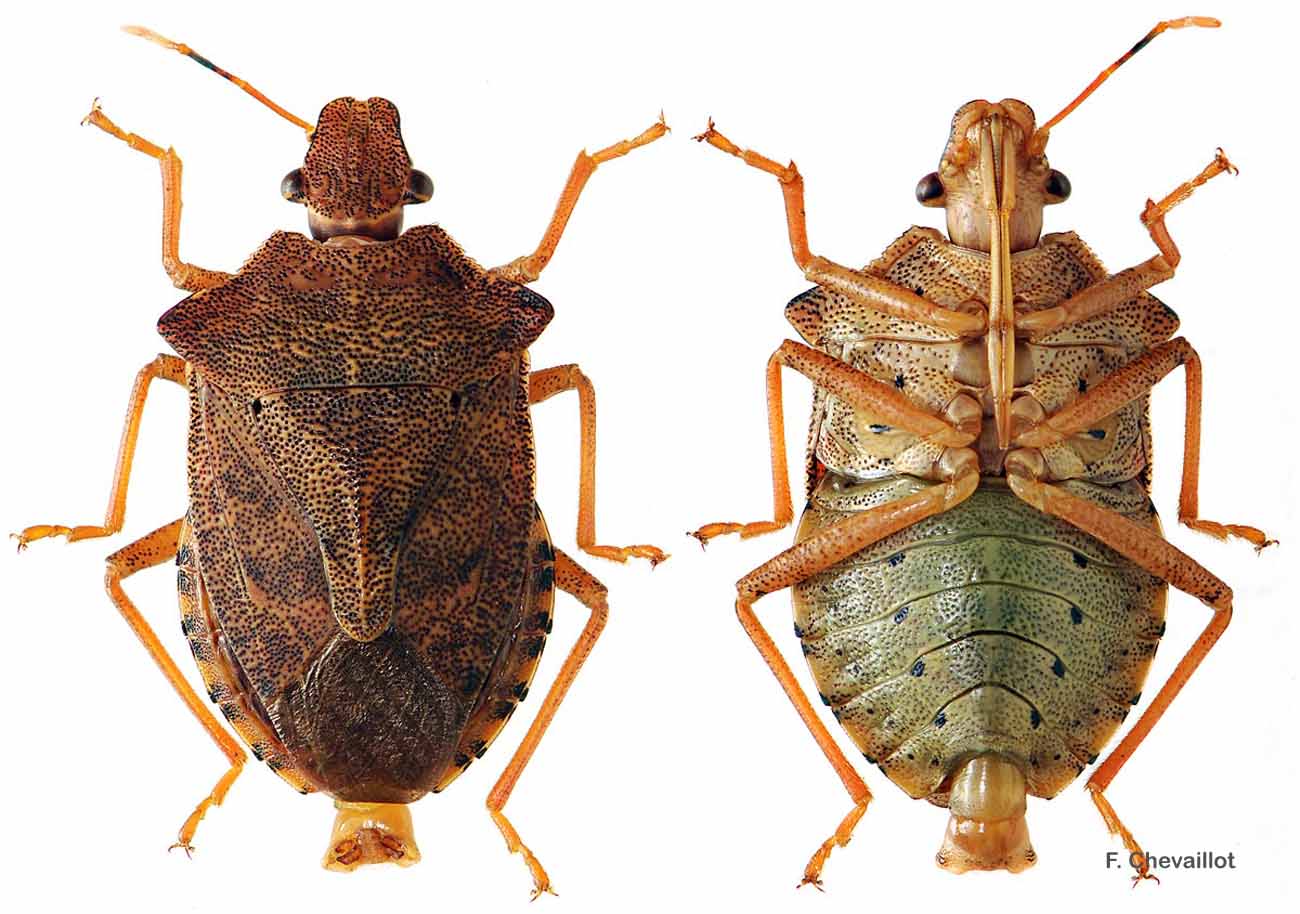
| Author : F. Chevaillot |
 |
To get the picture, please visit:
Fred CHEVAILLOT
Moulin de Castor
La Maynobe
12550 COUPIAC
06 51 19 18 32
09 88 28 31 26
www.insecte.org
email : fred.chevaillot@wanadoo.fr
Any reuse of one or more photographs on this site is subject to an authorization request from the author.
Link to the Code of Intellectual Property (Legifrance)
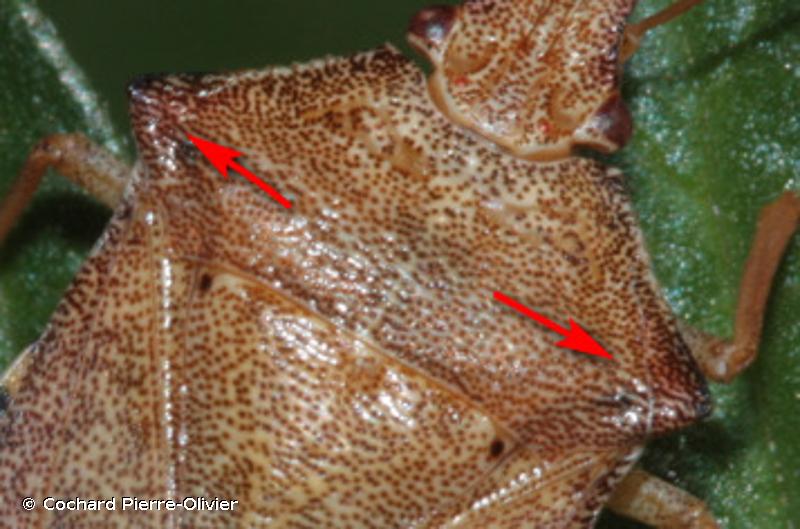
| Author : Cochard Pierre-Olivier |
 |
Despite the Creative Commons license, please inform the author of the use which will be made of his photo
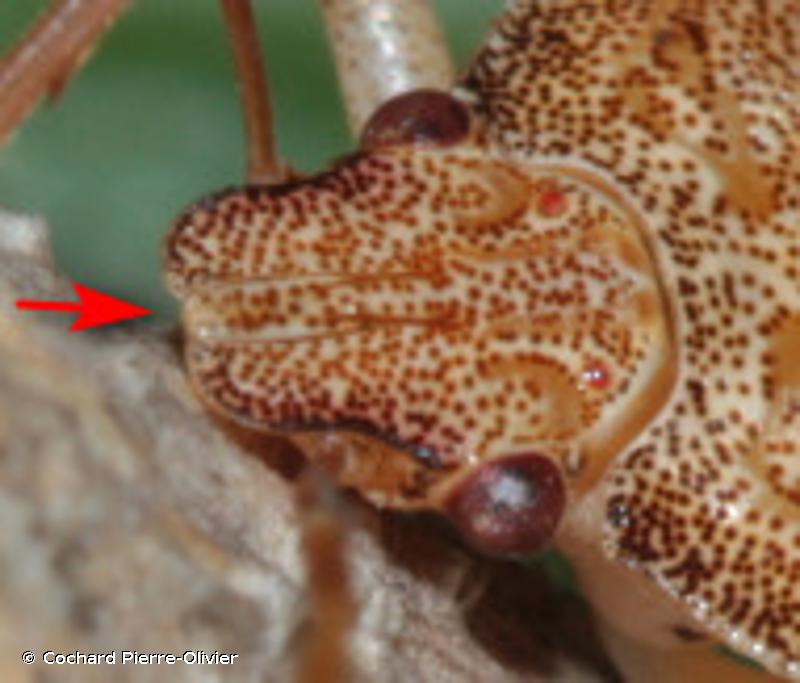
| Author : Cochard Pierre-Olivier |
 |
Despite the Creative Commons license, please inform the author of the use which will be made of his photo
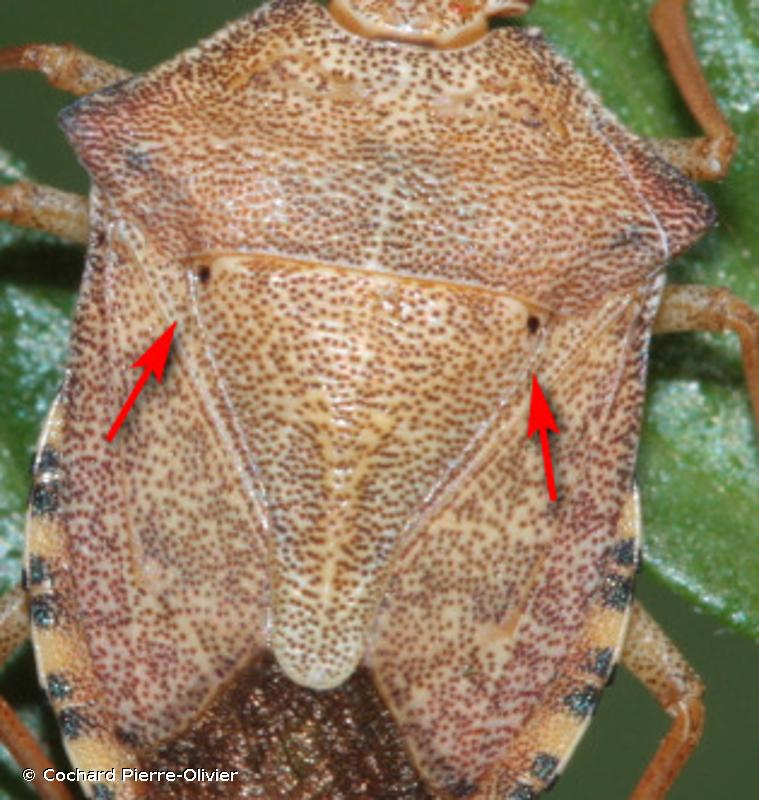
| Author : Cochard Pierre-Olivier |
 |
Despite the Creative Commons license, please inform the author of the use which will be made of his photo
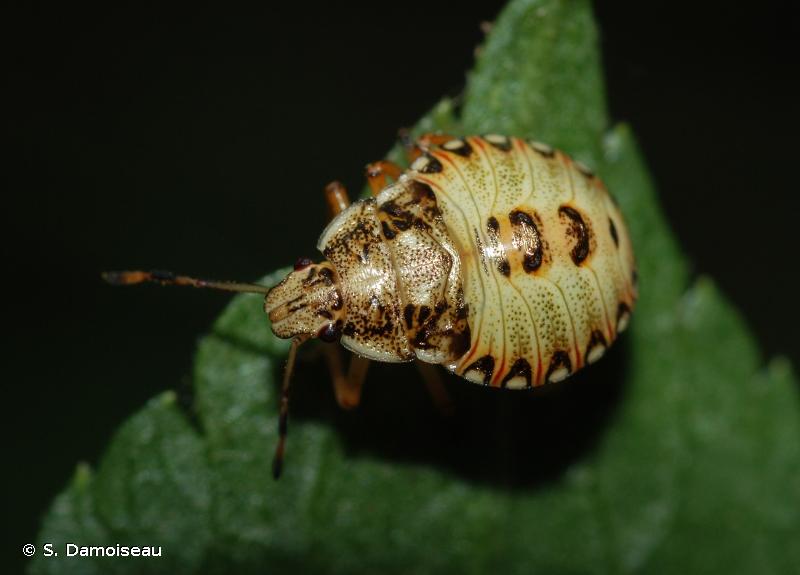
| Author : S. Damoiseau |
 |
To get the picture, please visit:
Sébastien Damoiseau
inpn@mnhn.fr
Despite the Creative Commons license, please inform the author of the use which will be made of his photo

| Author : Cochard Pierre-Olivier |
 |
Despite the Creative Commons license, please inform the author of the use which will be made of his photo
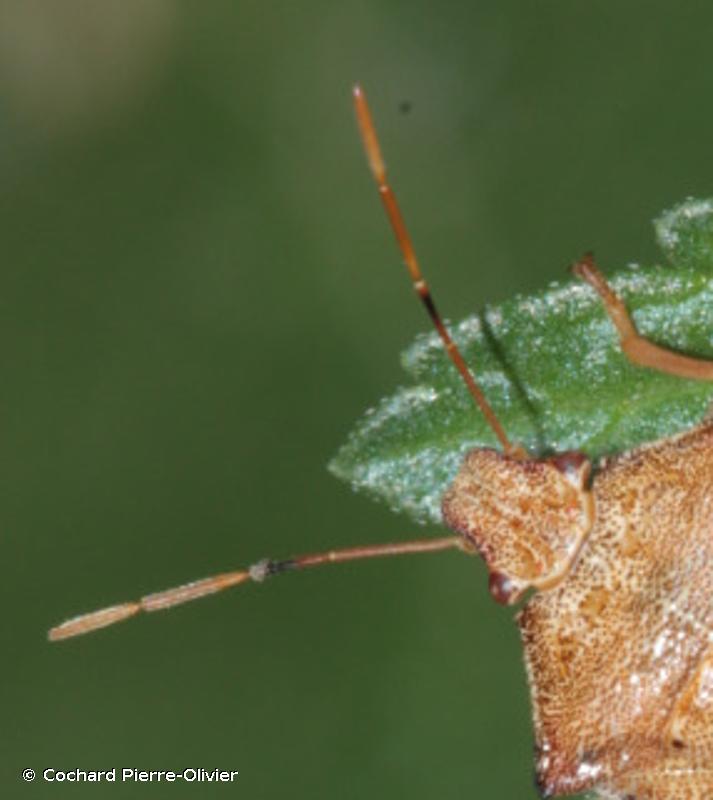
| Author : Cochard Pierre-Olivier |
 |
Despite the Creative Commons license, please inform the author of the use which will be made of his photo
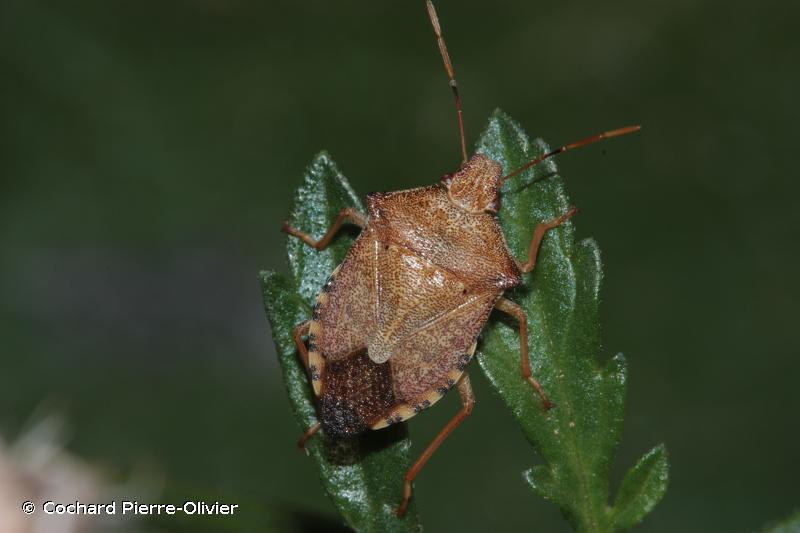
| Author : Cochard Pierre-Olivier |
 |
Any reuse of one or more photographs on this site is subject to an authorization request from the author.
Link to the Code of Intellectual Property (Legifrance)
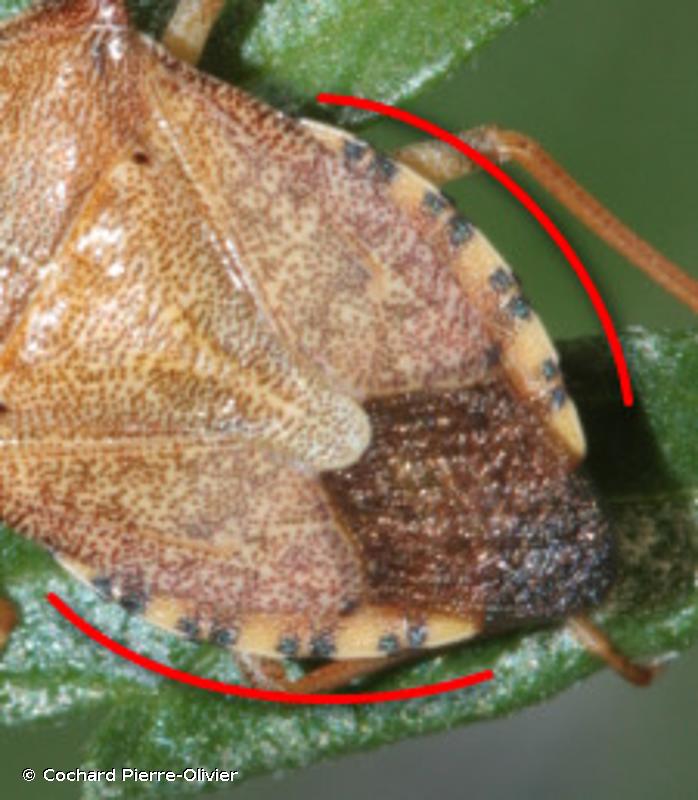
| Author : Cochard Pierre-Olivier |
 |
Despite the Creative Commons license, please inform the author of the use which will be made of his photo
Taille : 10 – 13,5 mm
Diagnose :
Punaise allongée et plate de couleur homogène marron clair, grisâtre ou roussâtre, au scutellum triangulaire. Elle possède un rostre épais capable de se diriger vers l'avant de la tête car c'est une espèce prédatrice d'insectes. Cela se traduit par une tête relativement plus large et des joues (jugas) larges dépassant le nez (clypéus) vers l'avant. Antennes claires avec parfois des anneaux sombres sur les articles III et IV. Angles huméraux du pronotum saillants et remontants, dépassant les bords du corps. Bords antérieurs du pronotum denticulés. Pattes claires de la même couleur que le corps et fémurs avant sans épine.
Détermination : Simple.
Espèces proches :
Son aspect général la fait ressembler aux genres Carpocoris et Halyomorpha. Mais les antennes des Carpocoris sont noires, celles d'Halyomorpha sont noires et blanches et les espèces de ces 2 genres n'ont pas les bords antérieurs du pronotum denticulés.
Période d'observation :
Toute l'année mais plus fréquemment de mai à novembre avec un pic en août-septembre.
Biologie-éthologie :
Espèce souvent trouvée sur les feuilles des arbres comme les bouleaux ou les aulnes. C'est un prédateur d'insectes à défense faible et déplacement lent : chenilles, larves de coléoptères ou de punaises vivants dans les milieux humides.
Biogéographie et écologie :
Espèce eurosibérienne inconnue en Grande-Bretagne, signalée depuis 2008 en Scandinavie jusqu'à 59° de latitude nord. Absente en Afrique du Nord, elle atteint à l'est la Chine, la Corée et le Japon. Plus rare ou absente des secteurs chauds et secs le long de la Méditerranée. Assez commune dans les milieux humides, les forêts claires et leurs lisières, haies bocagères, le long des cours d'eau, les zones entre marécages et forêts.
Roland Lupoli (),2020
Continental
Metropolitan France
Overseas
Marine
Metropolitan France
Overseas
The map presents a summary at the 10 x 10 km grid of the observation data for the species transmitted to the SINP. These data have been subjected to validation filters.
The map presents a reference distribution layer of the species at the scale of departments and marine sectors. The presence and absence data were established by expertise within a network of partners. This reference distribution is used in the validation process of the SINP data at the INPN level.
Corresponds to a report on the basis of at least one observation proved within a period of 10 years (20 years for little-known invertebrates) preceding the year and no presumption of extinction since obtaining the last data nor doubt on reproductive and implemented nature of this population. For migratory species, the presence indicated concerns areas of reproduction.
This status is based on one or more of the following criteria:
This point covers the absence, more difficult by nature to demonstrate than presence. This status is based on one or more of the following criteria:
This status must be assigned to a department in which the presence of the species is casual.
Particular case of absence due to a proven extinction less than a half century ago (older disappearances are treated as "no probable or definite").
In the state of knowledge, we can not comment on the presence or absence in the current department. This is the default status when not comprised in one of the previous categories or whenever there is doubt.
The map shows the global distribution of the species based on GBIF data (Global Biodiversity Information Facility).
